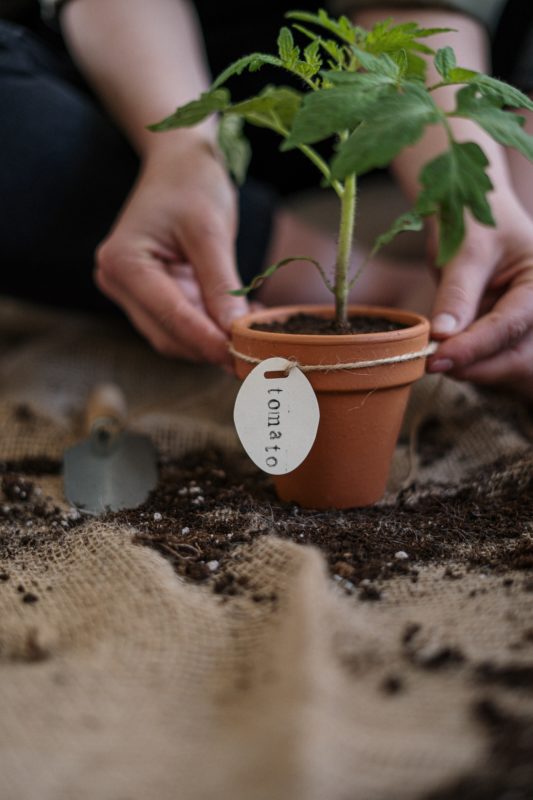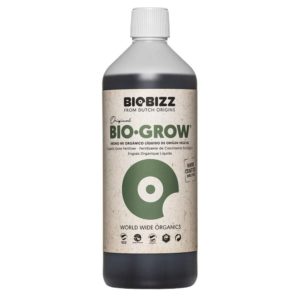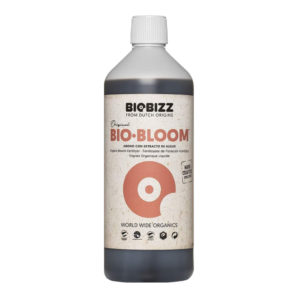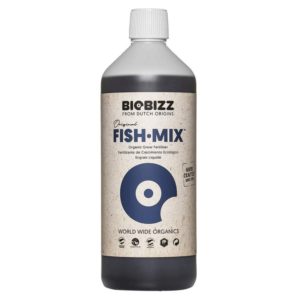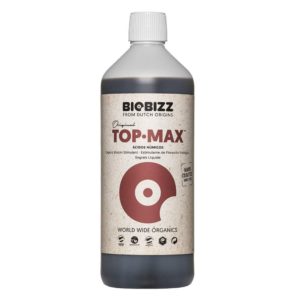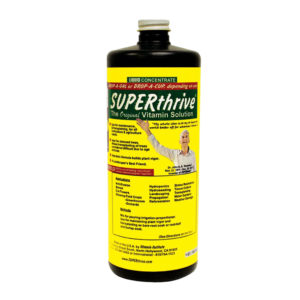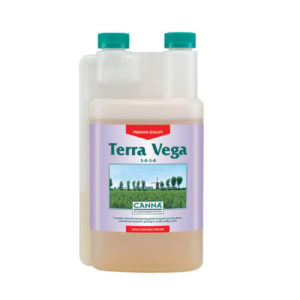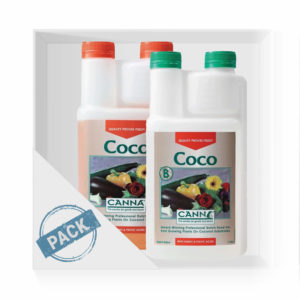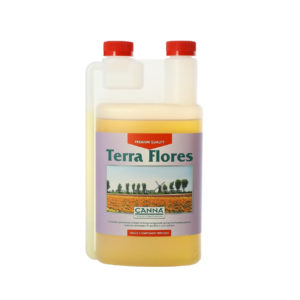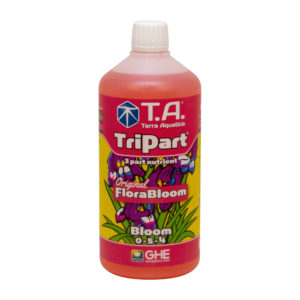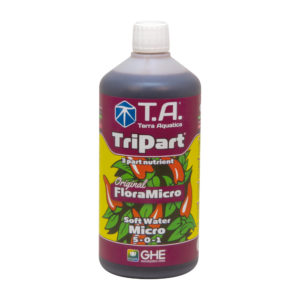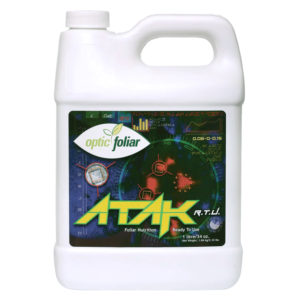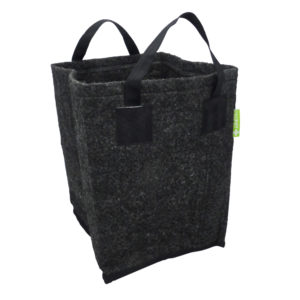Hello, dear tomato growing fellows.
You know better than anyone the special care this summer delight needs. Of course, we will not tell you how to grow your own tomatoes. But you will agree with us that there are too many fertiliser brands out there that promise plentiful high-quality production. You do not need to go bonkers anymore when looking for the best fertiliser for tomatoes on the UK market because we have assembled a nice handy list to choose from.
- Recommended Tomato Fertilisers List – Updated for 2021
- Nutrient Requirements for Tomatoes
- Nitrogen (N), phosphorus (P), potassium (K) ratio.
- BioBizz for tomatoes
- SUPERthrive: Vitamin boost for tomato plants
- CANNA for tomatoes
- Terra Aquatica for tomato plants
- Tomato pest and disease control
- Growing tomatoes in grow bags
- How to grow tomatoes in pots? Potting. Watering. Feeding tips.
Recommended Tomato Fertilisers List – Updated for 2021
What Nutrients Do Tomato Plants Actually Need?
Let’s first acknowledge the existence of the numerous types of tomato plants gardeners can choose from, including small, cherry tomatoes or large, beefsteak varieties, and either heirloom or hybrid.
Here are some of the most preferred outdoor tomato varieties that Brit gardeners plant:
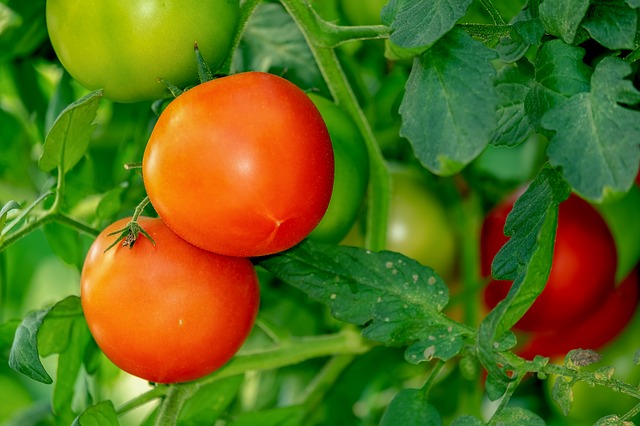
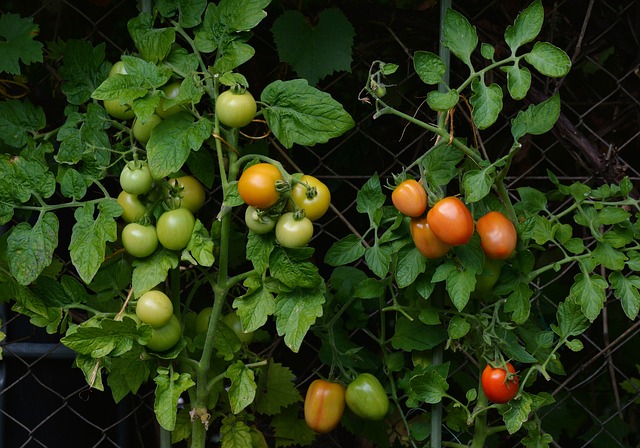
Bush/Determinate varieties: “Gardener’s Delight”, “Tumbling Tom”, and “Red Alert.”
Vine/Indeterminate varieties: “Sungold”, “Sweet Aperitif”, “Sweet Million”, and “F1 Flamingo.”
The two things to ensure good harvests are proper growing conditions and tomato fertiliser.
Nutrient Requirements for Tomatoes
When it comes to fertiliser requirements for tomatoes, there are three necessary primary nutrients: nitrogen, phosphorus, and potassium.
While each growing agent serves a variety of functions, all three are required for photosynthesis. Therefore, the plants will absorb the highest amount of these nutrients, along with others included in most fertiliser formulas.
Without enough nitrogen, tomato plants will begin to turn yellow, starting with the bottom leaves.
In case of phosphorus deficiency, the tomato leaves become red/purple, start dying or curling, and there is a delay in the development of the roots in the young plants.
When it comes to potassium deficiency, usually, it is difficult to notice it in your tomato plants because it has an overall poor effect on them. However, as the problem deepens over time, you may be able to see signs in the leaves. The older ones may have brown spots, yellow edges, yellow veins, or brown veins.
Tip: When choosing tomato fertilisers, look for products containing primarily nitrogen, phosphorus, potassium, calcium, sulfur, magnesium, and several micronutrients.
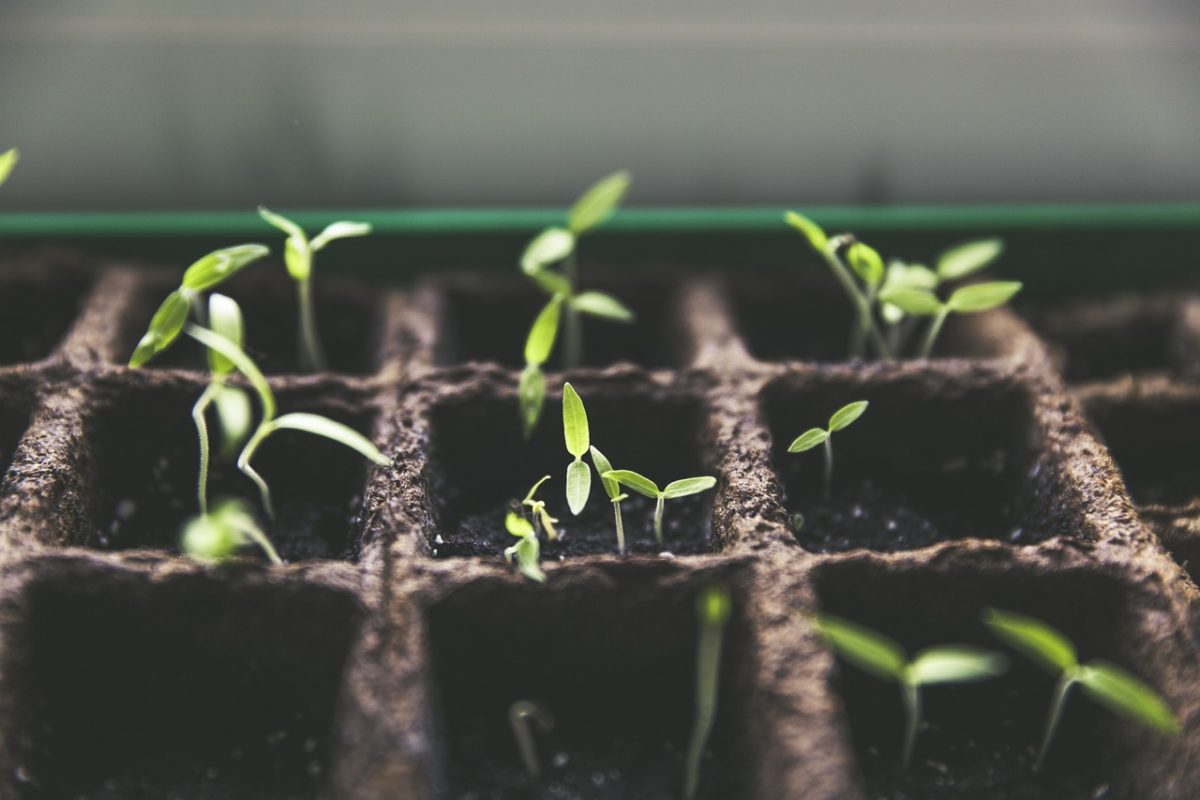
It’s not only us humans who benefit from the use of calcium. Calcium is vital for the plant’s cell structure as well, and magnesium is a component of chlorophyll used in photosynthesis.
An essential element for protein development in the tomato plant, its growth and its ability to withstand cold temperatures is sulfur. Iron, boron, manganese, zinc, copper, and molybdenum are other microelements needed by tomatoes to grow and produce fruit.
Selecting the Right Formula. Nitrogen (N), phosphorus (P), potassium (K) ratio.

All of the elements mentioned above are needed in different amounts during the growth and fruiting stages of the tomato plant’s life. That is why in any tomato fertiliser, NPK ratios are crucial. For example, from the beginning of the vegetative (growth) stage till flowering, the plants need more nitrogen. Mature plants with fruit start to require an increased amount of calcium and potassium.
Using a fertiliser high in nitrogen will give you a lush, green plant but not much fruit. Tomato plants require low nitrogen, high phosphorus, and medium to high potassium content.
When selecting a water-soluble fertiliser, always check the label. Some formulas intended for use with tomatoes will contain traces of other elements, changing the ratio slightly. Avoid using any products containing urea or ammonium nitrate for tomato fertilisation.
ⓘ Read more about NPK and NPK fertilisers
BioBizz
Perfect products for organic growers are Bio-Grow and Bio-Bloom from the BioBizz organic line. They are applicable for the growth and fruiting stages.
Nothing but natural ingredients go into BioBizz products. They are all prepared, produced, and used within recognised organic guidelines.
Biobizz Bio-Grow
Biobizz Bio-Grow is a nitrogen-rich feed for the vegetative plant growth stage. 100% organic Dutch sugar beet extract. It helps give colour, size, and shape to leaves while increasing growth. BioBizz Bio-Grow has an NPK ratio of 4-3-6 and is a well-balanced fertiliser.
Dosage & Feeding Schedule:
Can be used throughout the whole plant cycle (growth and flowering) as follows: During the first weeks of the veg phase, use 2 ml per litre of water. After the forming of the first flowers, slightly increase to 3 ml per litre. Then, when the plants produce fruits, increase to 4 ml per litre. Use in each watering.
Biobizz Bio-Bloom
Biobizz Bio-Bloom is brimming with Phosphorus and Potassium for flowering (NPK 2-7-4).
Biobizz Bio-Bloom is brimming with Phosphorus and Potassium for flowering (NPK 2-7-4).
It produces fantastic fruits and flowers on any species or varieties of plant with wonderful smells, tastes, and flavours.
Besides the two most popular choices, BioBizz can offer other great additions to guarantee bigger tomato yields.
Dosage & Feeding Schedule:
Biobizz Bio-Bloom is a completely organic liquid plant food. This product is recommended for use from the flowering period up to harvest.
Dosage: Start using Bio-Bloom when you see the first tomato flowers – in the beginning, 2 ml per litre of water and after two weeks, you can increase to 3 ml/litre. When the fruits are forming, dilute 4 ml Bio-Bloom in 1 litre of water.
Biobizz Fish-Mix
Biobizz Fish-Mix is the most powerful fish fertiliser produced by Biobizz with NPK 5-1-4. The fish emulsion and the extract of 100% organic Dutch sugar beet in Fish-Mix will enrich the micro life in any substrate you add it to.
Biobizz Fish-Mix is primarily designed for use during the vegetative stage of growth but can be used through flowering and fruiting to encourage healthy green foliage. It is important because this way you will get better tomato yields per plant.
Dosage & Feeding Schedule:
Fish-Mix is a fish emulsion with vinasse. Тhe recommended root feed dosage is 2 ml/litre in the first 4 weeks, then slightly raise it to 3 ml/litre during week 5 and 6. Afterwards, continue with 4 ml/litre till the end.
Note: For best results, use together with BioBizz Bio-Grow and BioBizz Bio-Bloom.
For even better and bigger tomato yields, add the products below to your feeding schedule:
Alg-A-Mic contains chelated micronutrients, vitamins, and other plant-promoting ingredients. It is a proven vitality booster – use it alongside your base feed. In case your plants experience any stress factors or just to protect them from pest infestations, use Biobizz Alg-A-Mic.
Another winning product from Biobizz is Root-Juice. It boosts biological activity in the root zone. Expect explosive root growth and improved nutrient uptake of your tomatoes.
Top-Max is an entirely natural bloom booster. Use it throughout the flowering stage for larger and more abundant flowers which produce tomatoes with better flavour.
Tip: Biobizz are organic fertilisers. That means you cannot cause fertiliser burn if you administer them in the wrong dosages. The plants will uptake as much nutrients as they normally need. Unlike mineral fertilisers which can easily burn your plants if you mix their dosages incorrectly.
SUPERthrive: Vitamin Boost For Tomato Plants
SUPERthrive contains the active ingredients vitamin B-1 and 1-naphthyl acetic acid. It is a nontoxic vitamin-based plant supplement, which helps revive tired plants and boosts growth. The product serves as a root-boosting hormone and provides essential minerals and vitamins to the plant, making it a good tomato fertiliser UK growers choose to strengthen their plants.
Dosage & Feeding Schedule:
Use SUPERthrive weekly in regular watering or apply it as a foliar spray to enrich the plant leaves. The suggested dosage for watering is 1-4 drops per litre. For young plants, use 1 drop per litre.
For larger plants, use up to 4 drops per litre. These rates can also be used when foliar spraying.
Avoid pure watering your tomatoes within 24 hours of applying SUPERthrive.
If you wish to spray the tomato plants’ foliage weekly with the SUPERthrive solution, apply the spray in the morning.
CANNA for tomatoes
A while back, CANNA did a wonderful collaboration with a grower named Peter Glazebrook. He specialised in growing giant vegetables, so he was the perfect candidate for the CANNA Sponsored Giant Tomato & Cucumber Project 2016.
For tomato growing, he used two different lines of CANNA products: Coco A & B (5-4-3) and Terra Vega (3-1-4), along with Terra Flores (2-2-4).
Note: For all projects, Peter used the full additive range (RHIZOTONIC, PK 13/14, CANNABOOST Accelerator and CANNAZYM) to improve plant health and yield.
Dosage & Feeding Schedule:
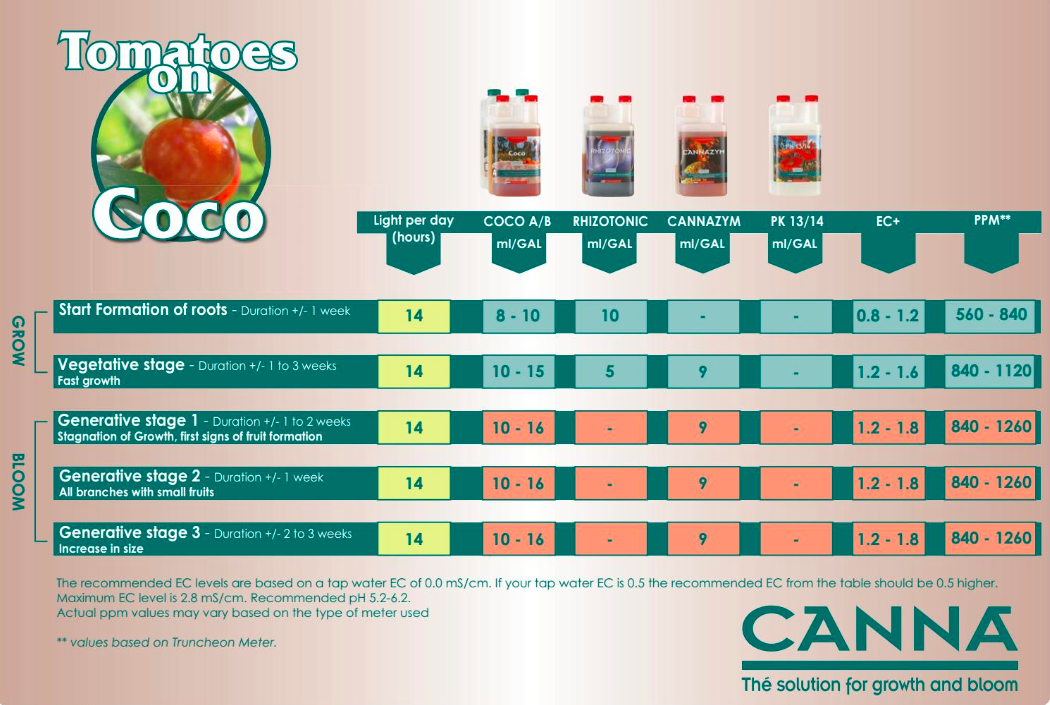
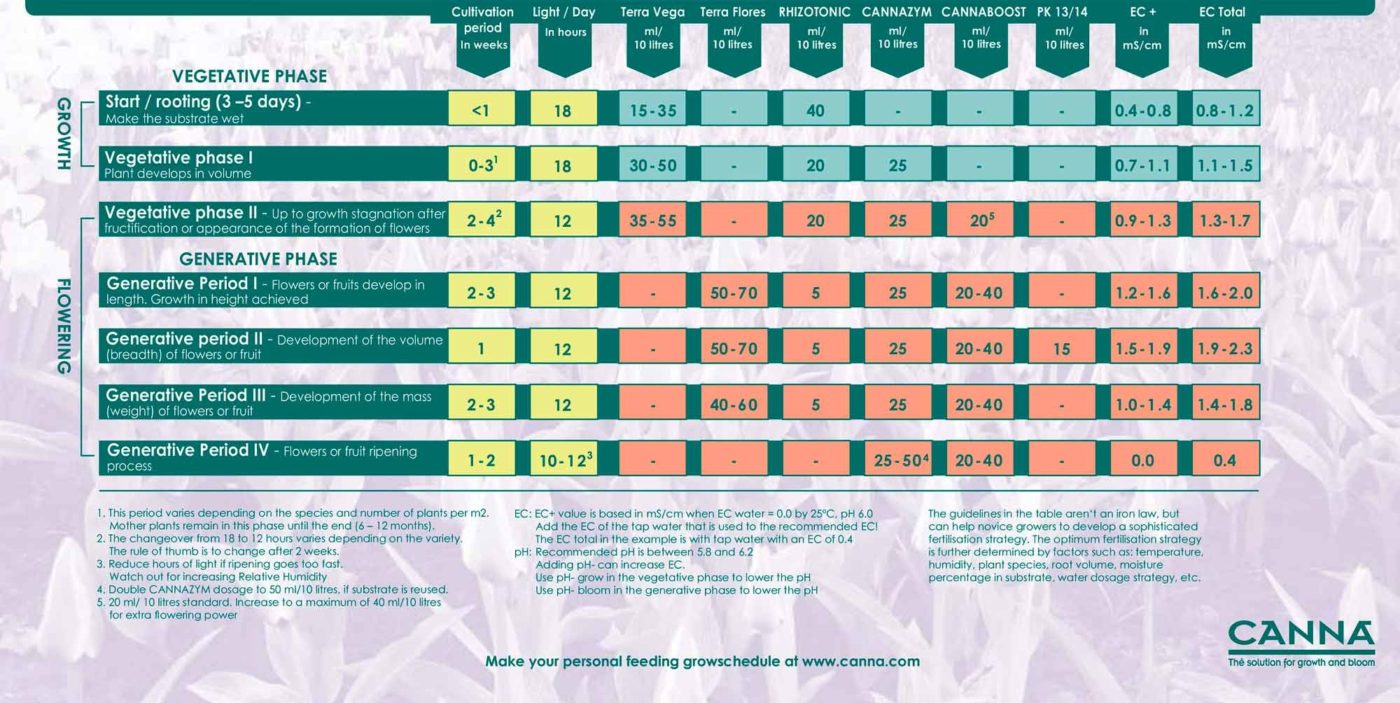
Tip: Create your personalised growing and feeding schedule on https://other.canna.com/growguide
Terra Aquatica
Terra Aquatica presents a 3-part “Building Block” nutrient system. Previously known as GHE Flora Series, TriPart® gives the best possible balance between concentration and flexibility.
TriPart® nutrients allow you to match the changing needs of your tomato plant perfectly.
Terra Aquatica TriPart® Grow
Terra Aquatica TriPart Grow provides the plants with nitrogen (N), potassium (P), and other secondary minerals.
T.A. TriPart Grow contains 3% nitrogen, 1% phosphorus, and 6% potassium (NPK ratio: 3-1-6). The other 87% of the bottle is composed of other minor nutrients or fillers.
Dosage & Feeding Schedule:
For Soil:
- 1st Roots – 0.2 ml/L
- 1st True Leaves – 0.6 ml/L
- Growing – 1.5 ml/L
- Preflowering Phase – 1.5 ml/L
- Flowering – 0.7 ml/L
- Ripening – N/A
- Cleaning – N/A
Terra Aquatica TriPart® Flora Bloom Organic
TriPart Flora Bloom is an excellent fertiliser perfect for plants that need a bit more phosphorus, potassium, and less nitrogen. With an NPK ratio of 0-5-4, this product is often recommended by many gardeners for growing vegetables. It is also effective against fungal diseases and root rot and permanently strengthens the plant’s structure.
Dosage & Feeding Schedule:
Because TriPart Bloom consists of ingredients that plants easily absorb, this bloom booster can be used in any growing medium – hydroponics, soil, and coco coir. When used in soil, follow the dosage instructions below:
- 1st Roots – 0.2 ml/L
- 1st True Leaves – 0.6 ml/L
- Growing – 0.5 ml/L
- Preflowering Phase – 1.0 ml/L
- Flowering – 2.1 ml/L
TriPart® Micro
Available in Hard or Soft water composition, TriPart® Micro is the foundation of the “building block” system, providing micro and sub-micro nutrients and some complementary macro-nutrients.
Dosage & Feeding Schedule:
- Use TriPart® Micro as directed all the way through growth and bloom.
- To use in soil, follow the T.A. TriPart Micro feeding chart below:
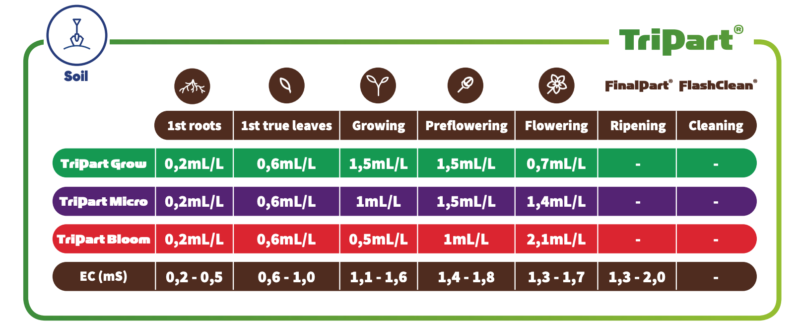
Tip: Canna and Terra Aquatica are mineral fertilisers, therefore, it is very important to apply them to your plants strictly following the provided feeding schedules. Otherwise, the wrong usage may cause fertiliser burn or other nutrient deficiencies.
Tomato Pest and Disease Control
The key to sumptuous home-grown tomatoes is good nutrition, soil health, and consistent moisture. All these factors ensure strong plants that can better resist pests and diseases as they occur.
Tomatoes fall victims of infestations from various bugs such as potato aphid, flea beetle, stink bugs, cabbage loppers, etc. They either feed on leaves and plant roots or suck out the plant’s juices. This can cause mild to severe damage, from deformed leaves and slow growth to defoliation and the death of young plants.
What is the best pest control for tomatoes?
Here are some efficient products added to our list to help you maintain a lush disease-free tomato garden and combat some of the most common pests and diseases:
- Biobizz Leaf-Coat 500 ml – Natural Latex Foliar Spray – It works by creating a thin elastic layer that protects against fungi, pests, and diseases. The layer is then naturally decomposed.
- Ecofective Bug and Mildew Control – 1 Litre (RTU) – This pesticide-free spray is completely safe to use on your tomato plants and will protect them against pests (e.g. aphids) and powdery mildew.
- Spray2Grow Mildew Protection Spray 500 ml – Concentrate – Another great tomato pest control product that is all-natural and can even be used on organic crops. It works for both mildew prevention and treatment.
- Spray2grow SPIDERMITE Protection Spray 500 ml – Concentrate – This product provides effective pest control for tomato plants by effectively protecting them from spider mites and combating existing infestations. It also gives your crops an extra boost to recover from attacks.
- Optic Foliar Atak 1L (RTU) – This fungicide fights powdery mildew without leaving any trace chemicals in the plant, even when used one week before harvest. It can be applied with the lights on and will not cause burning to the leaves.
Growing Tomatoes in Grow Bags
So, what if you don’t grow tomatoes in the ground? There are some other options worth considering. Growing tomatoes in grow bags is one of the most popular alternatives. They provide convenient mobility and can be kept on a deck or patio for easy care, picking, and monitoring.
Finding grow bags intended specifically for tomato growing may seem like a difficult ordeal. But in fact, tomato grow bags are no different from any other grow bags. You can choose from really cheap, low-quality options or higher quality bags. Below is our best recommendation for tomato grow bags based on quality, efficiency, and price. The “Aqua Breathe” technology in Gronest Fabric Pots ensures optimum strength, durability, aeration, and moisture retention.
Tomato plants grow best when they are fed little and often. To avoid washing away the nutrients, add them closer to the stem. The general watering can be done in the outer ring (a little further from the stem).
How to grow tomatoes in pots? Potting. Watering. Feeding Tips.
Tomatoes require an impressive amount of water throughout the growing season, and the larger the plant, the more water it needs. Pots are thus limiting because, unlike in-ground soil, they can only hold small amounts of water. That is why the tomatoes growing in pots are moderately different from those cultivated in soil.
Here are some useful hints on how to grow tomatoes in pots that you can keep in mind:
- “Husky Red Hybrid” and “Husky Gold Hybrid” are tomato plant varieties that are considered appropriate for growing in pots or grow bags.
- Determine the right size container for your tomatoes. Use 19-litre pots for cherry or dwarf varieties, 55-litre pots for plants with fruits that grow up to 4 ounces, and 135-litre pots for medium or large-sized tomatoes.
- Choose a growing medium intended for pot planting.
- Plant the tomato plant so that about one-third of it protrudes above the soil of the container. The buried portion of the plant will sprout roots over time.
- When planting, water the newly placed plants abundantly. Then leave the plants alone for a while before establishing a regular watering schedule. At the beginning of the growth stage, watering every three days should be fair.
- Start feeding the tomatoes low nitrogen, high phosphorus, and high potassium fertiliser approximately two to four weeks after planting. You can choose the best fertiliser for tomatoes in the UK from our recommendations above.
- Harvest tomatoes when they are uniform in colour. After the first tomatoes have ripened, check the plants once per week for more tomatoes.
